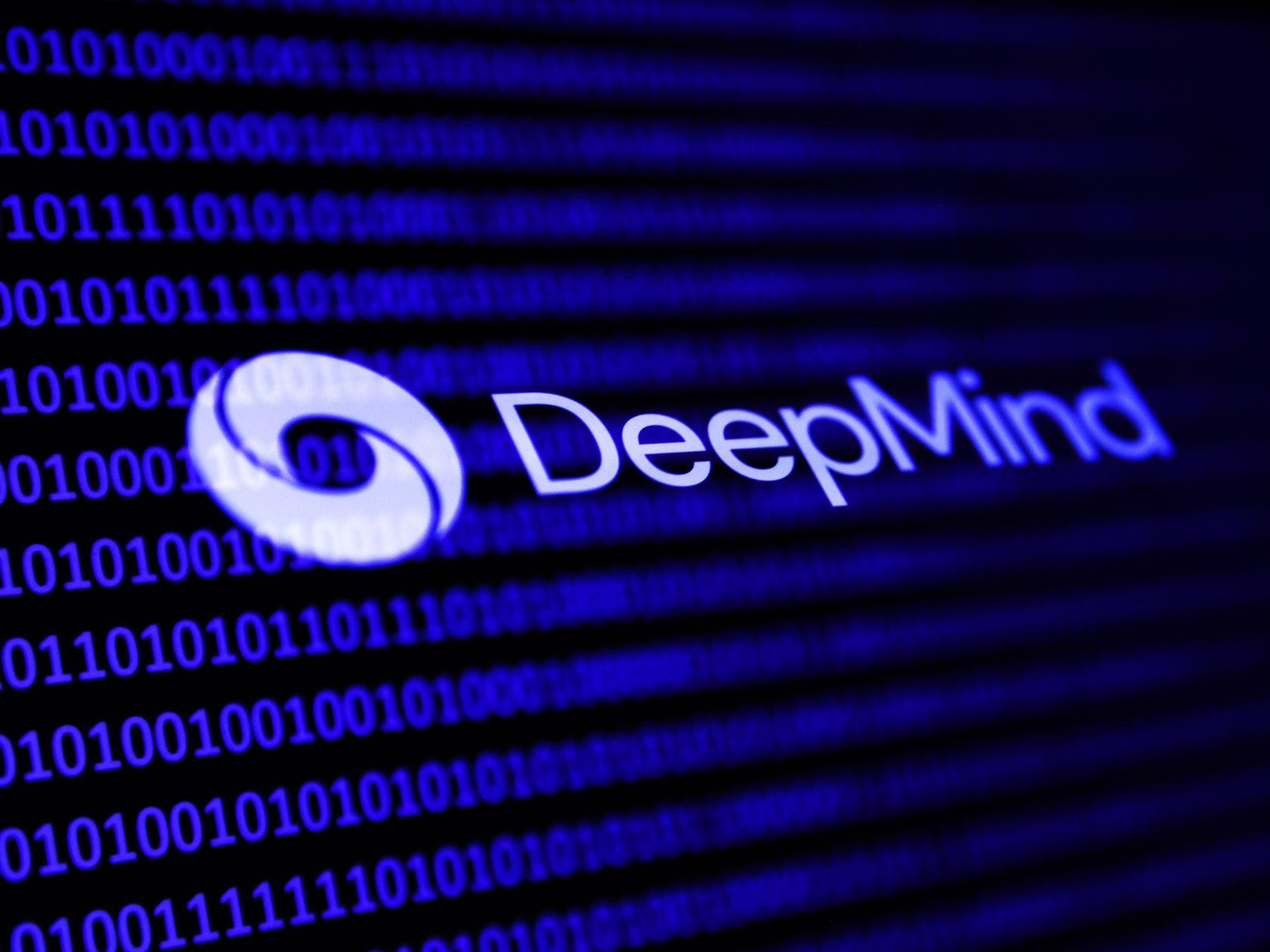New AI Models from Google DeepMind Enable Robots to Execute Physical Tasks Without Prior Training

Google DeepMind’s AI Innovations Enhance Robot Task Performance
Introduction to Google DeepMind’s Advancements
Google DeepMind, a pioneer in artificial intelligence (AI), is breaking new ground with its latest models designed to enable robots to perform a variety of physical tasks. This innovative technology showcases the potential for AI to function effectively in real-world settings, even without extensive training.
How the New AI Models Work
Reinforcement Learning
One of the core technologies behind DeepMind’s models involves reinforcement learning. This approach allows robots to learn by receiving feedback from their environment. They make attempts to complete tasks, receive rewards for successes, and adjust their strategies based on past experiences.
Simulated Environments
The AI models are trained in simulated environments that mimic real-world conditions. This helps the robots learn how to navigate complex scenarios without the risks associated with real-world training. By utilizing simulations, the models can explore a vast range of possible actions and outcomes.
Advanced Neural Networks
DeepMind employs advanced neural networks to improve the data processing capabilities of their robots. These neural networks are designed to replicate the way the human brain functions, allowing robots to recognize patterns and make informed decisions.
Applications of the Technology
Assisting in Household Tasks
One of the most promising applications of these AI models is in domestic settings. Robots equipped with this technology can help with various household chores, such as cleaning, organizing, and even cooking. They can adapt to their environments and learn specific preferences over time.
Industrial Automation
In industrial settings, perceived inefficiencies in labor can be addressed by deploying these AI-driven robots. Their ability to perform repetitive tasks with precision makes them valuable assets on production lines, reducing errors and increasing output.
Disaster Response
The application of DeepMind’s AI extends into areas like disaster response. Robots can be utilized to navigate challenging terrains during emergencies, perform search-and-rescue operations, or assess hazardous conditions where human intervention may be unsafe.
Benefits of Using AI Models in Robotics
Cost Efficiency
Integrating AI models into robotic systems can lead to significant cost savings for businesses. Automation reduces labor costs, and robots need minimal maintenance compared to human workers.
Flexibility and Adaptability
Robots powered by DeepMind’s AI can easily adapt to new tasks and environments. This flexibility allows them to be deployed in various sectors, from healthcare to agriculture, proving their versatility.
Enhancing Safety
Robots can undertake tasks in environments hazardous to humans, thus enhancing overall safety. They can work under conditions that might pose risks, such as extreme temperatures, toxic environments, or in situations needing remote handling.
Challenges and Considerations
Ethical Implications
As with any significant technological advancement, ethical questions arise. The deployment of robots in various sectors raises concerns about job displacement. Society must consider how to balance automation with human employment opportunities.
Data Security
With the increasing reliance on AI, the security of data collected during operations becomes crucial. Ensuring that sensitive information remains protected is essential to maintain user trust and compliance with regulations.
Technological Dependence
Over-reliance on robots and AI for daily tasks may lead to a decreased skill set in the human workforce. Training and continuous education will be necessary to prevent skill degradation.
Summary of Key Features
- Reinforcement Learning: AI learns through feedback from the environment.
- Simulated Training: Robots practice in safe, controlled environments.
- Advanced Neural Networks: Enhanced data processing for efficient decision-making.
- Wide Applications: Household chores, industrial tasks, and disaster responses.
- Cost Efficiency: Reduced labor and maintenance costs.
- Adaptability: Flexibility across different tasks and sectors.
Google DeepMind’s innovative AI models showcase a new frontier in robotics, significantly advancing how machines can assist in diverse tasks while also presenting challenges that society must navigate.






